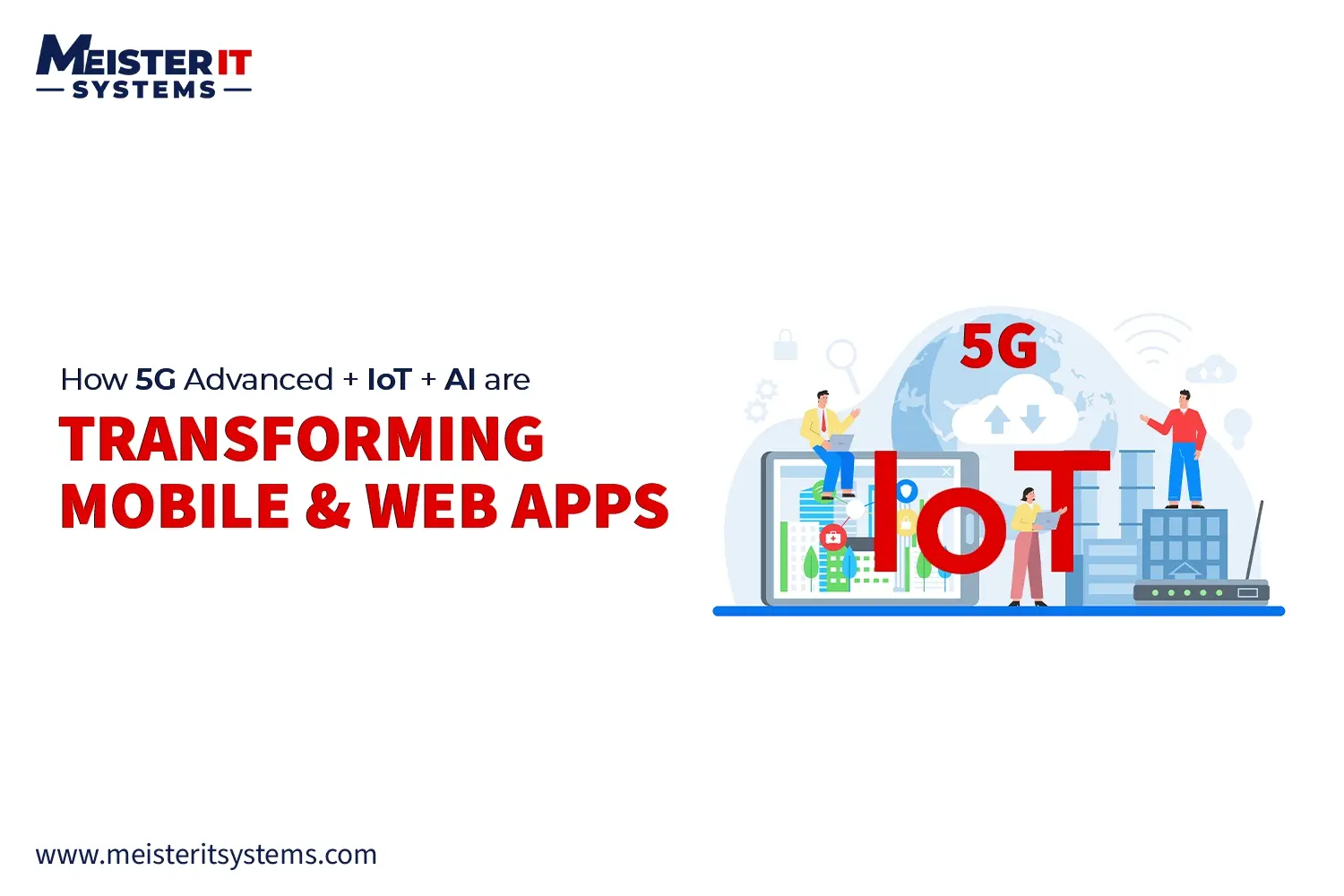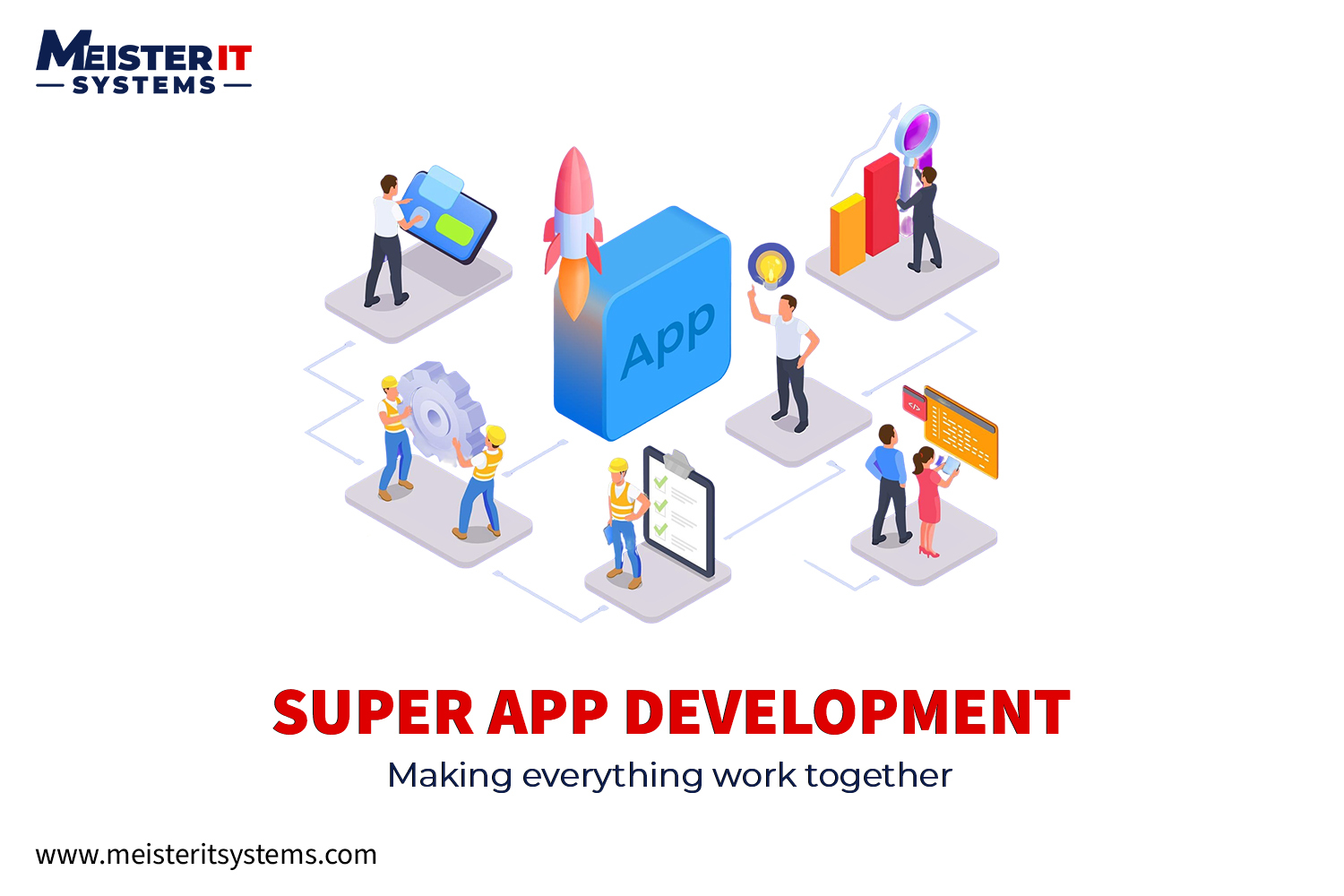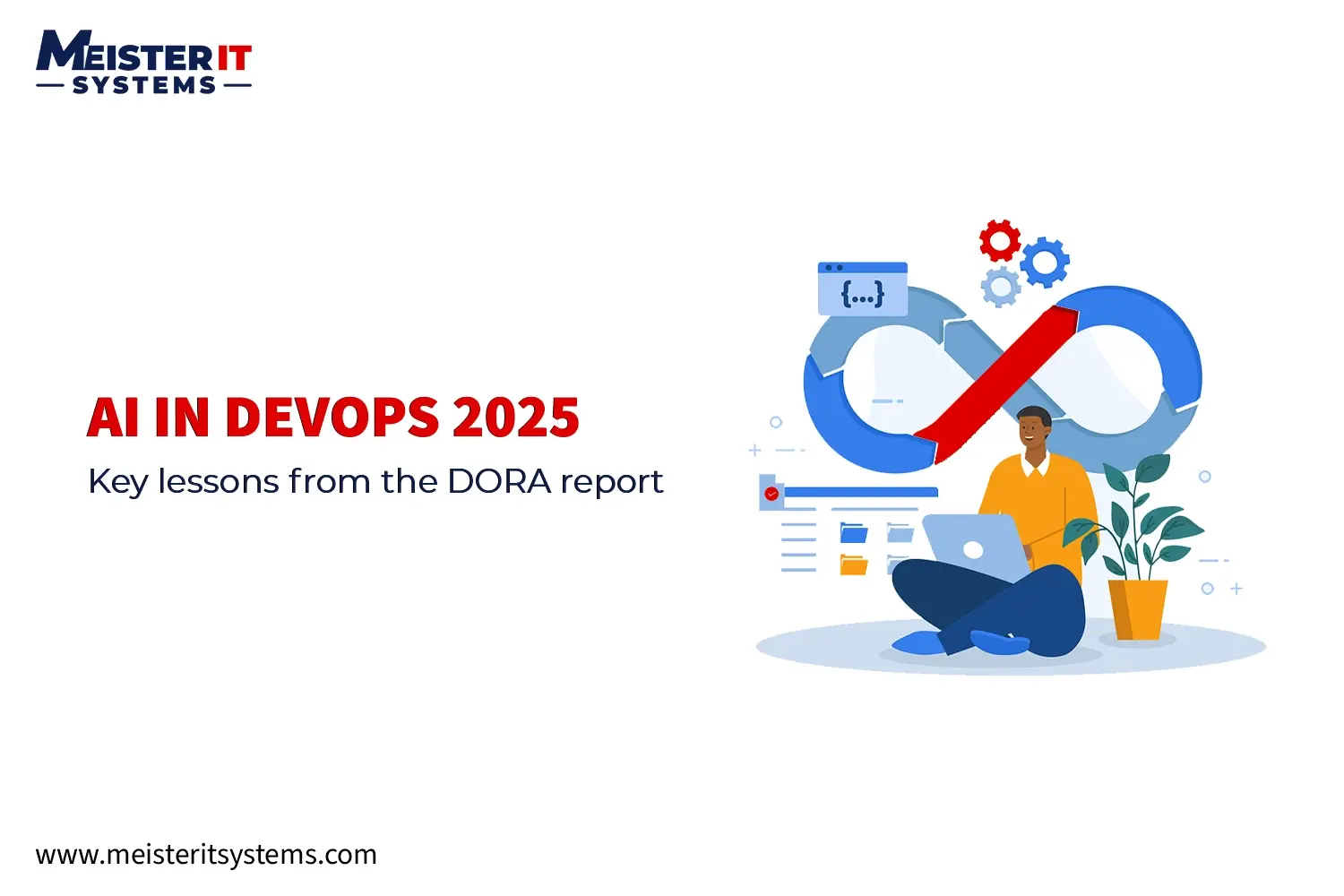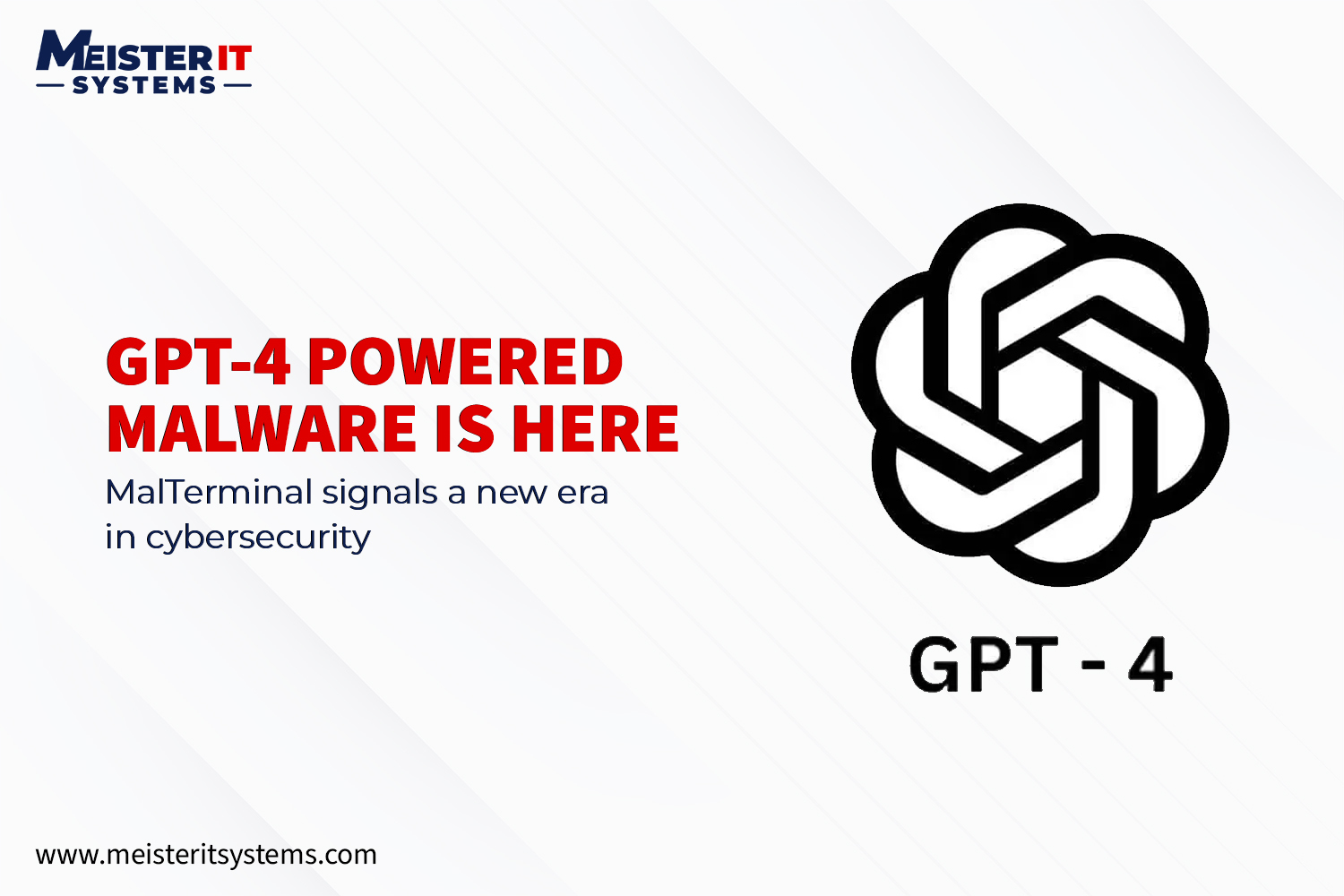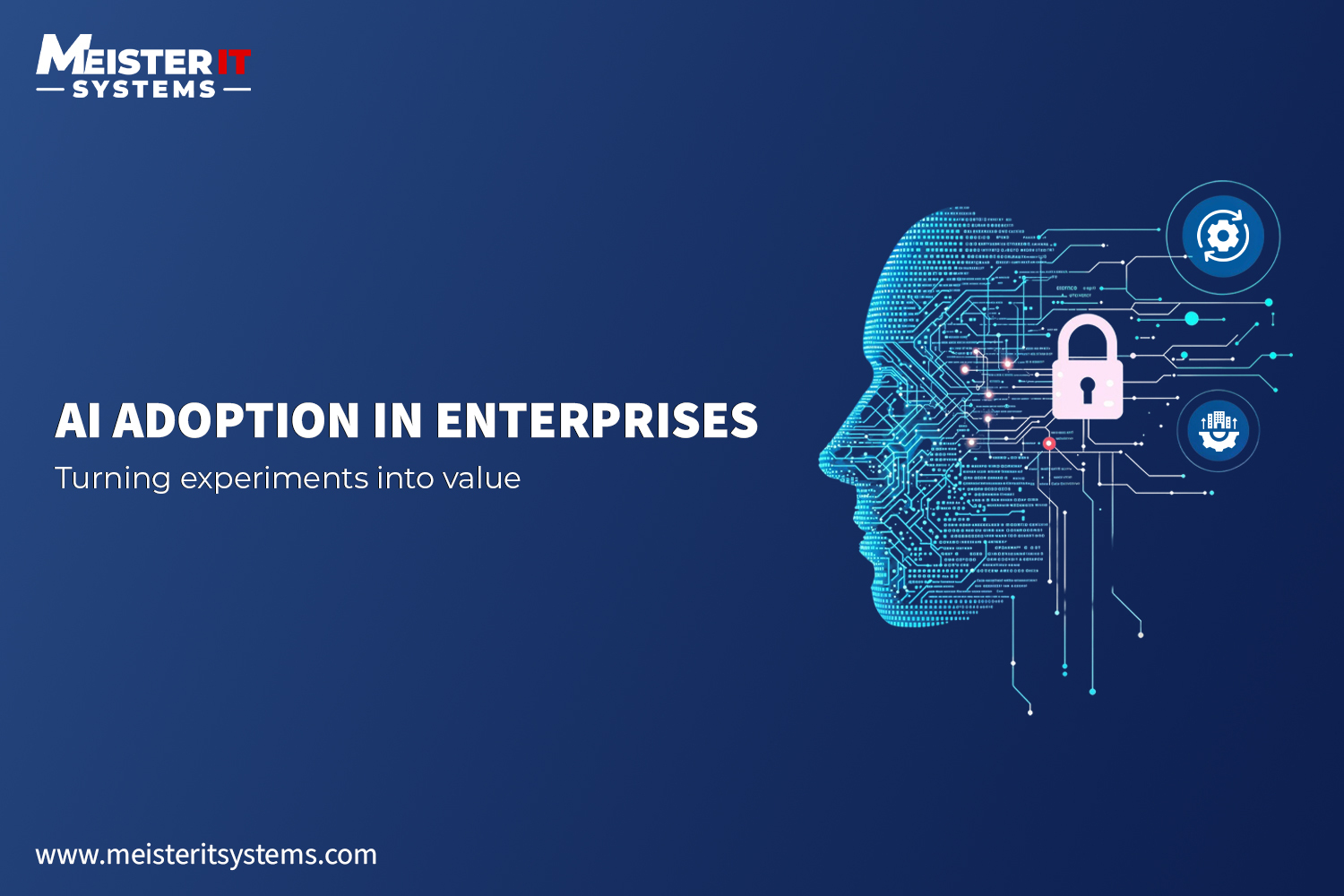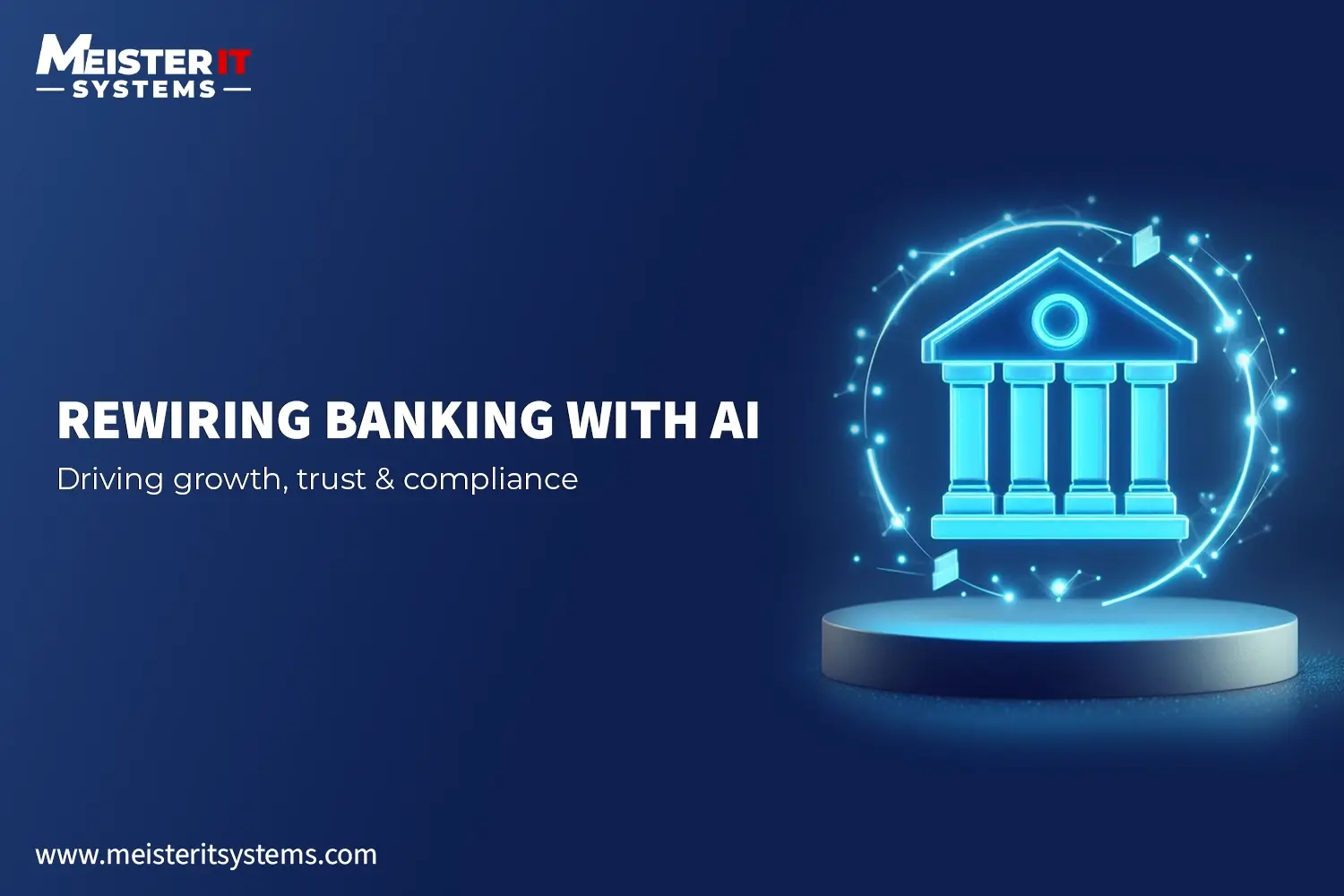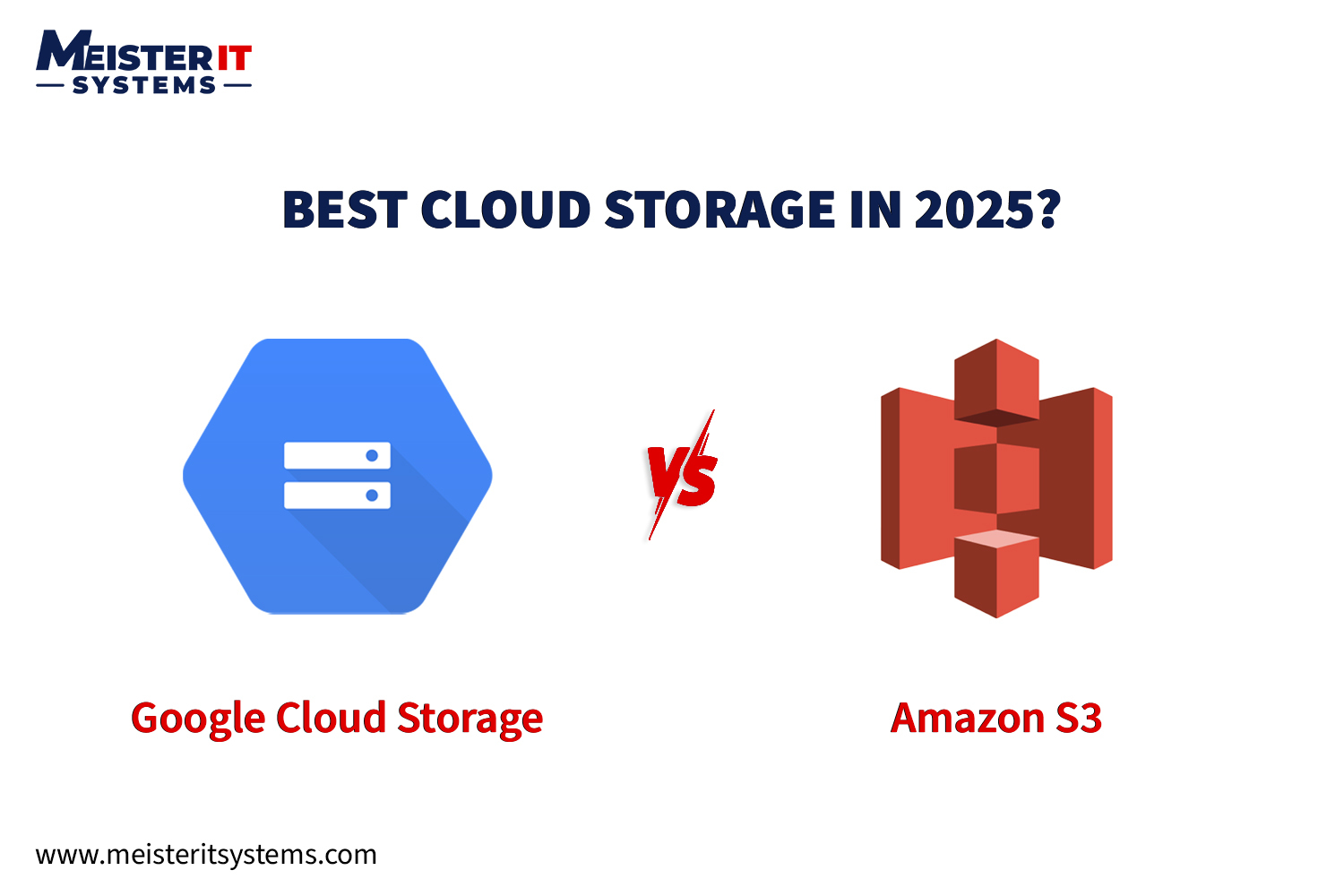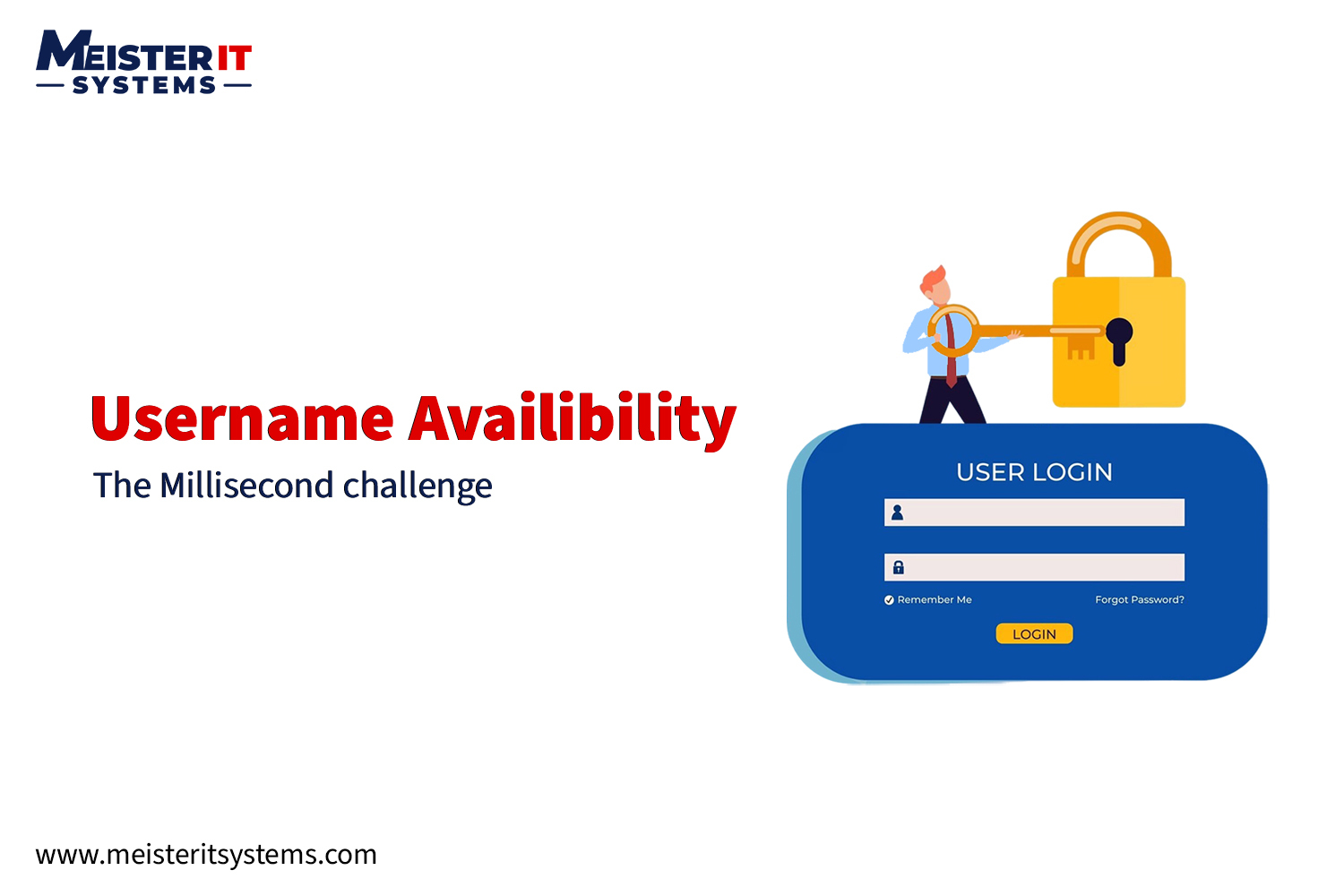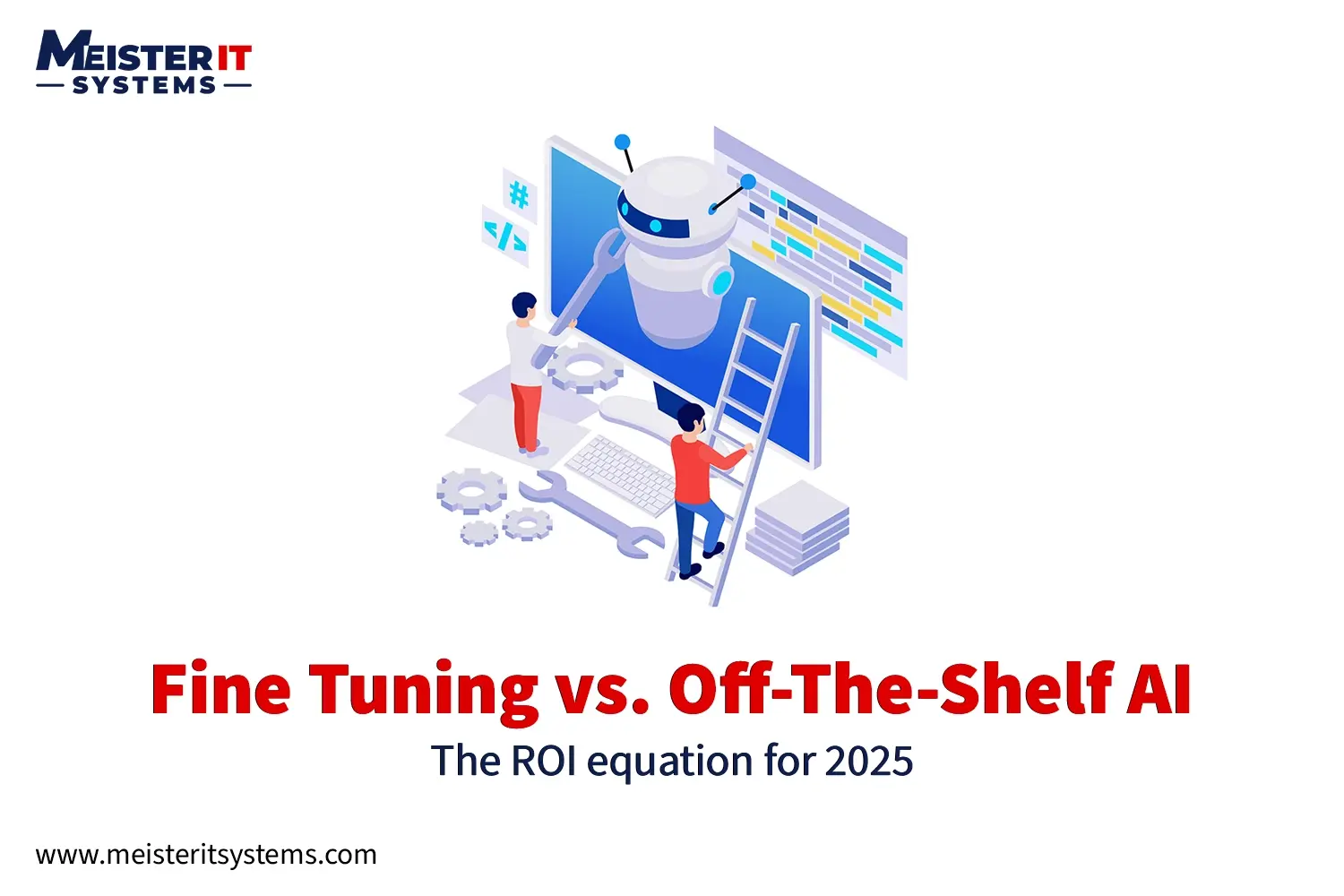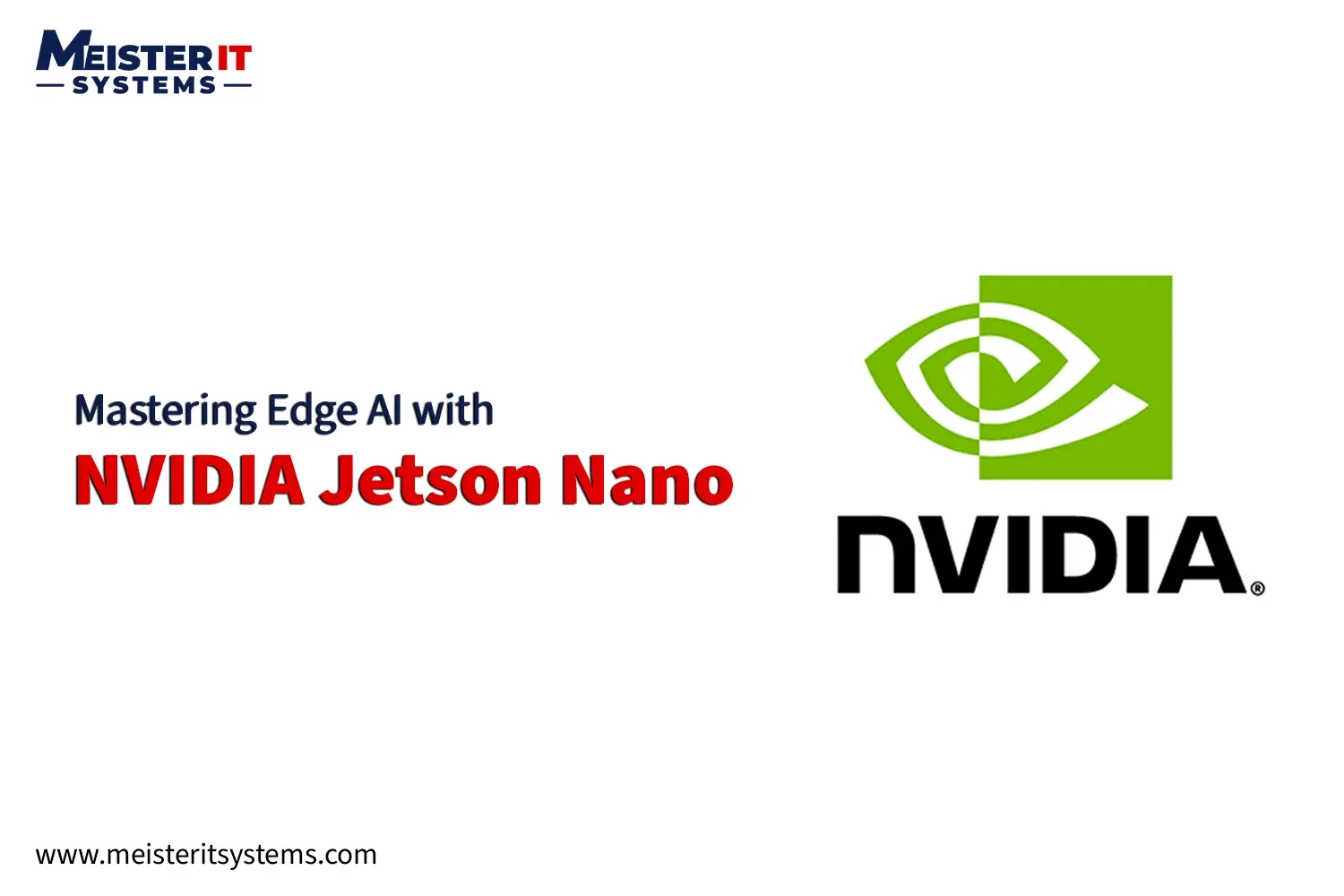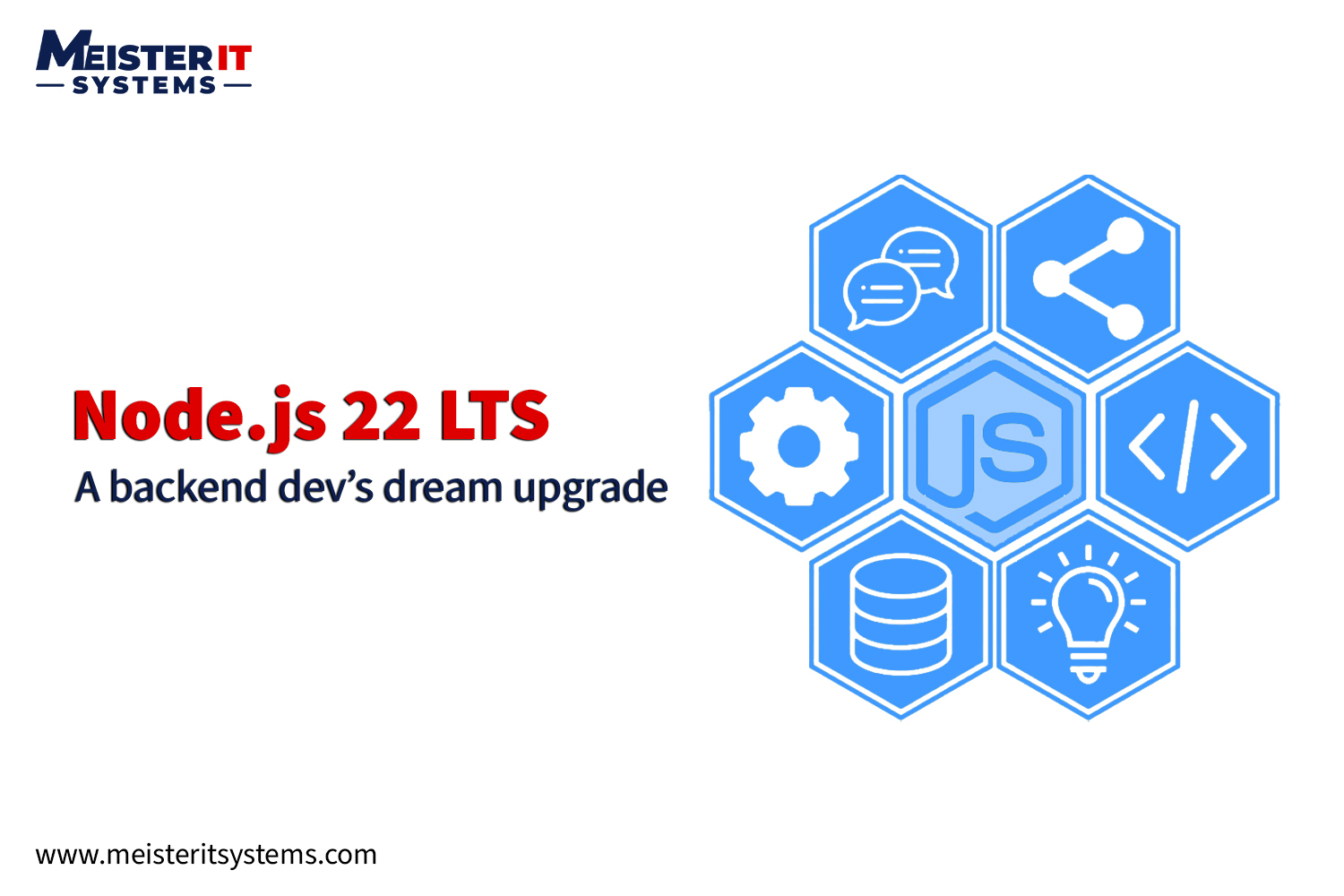
Over the years, Node.js has become the heartbeat of modern backend development. From powering APIs to running microservices, it’s everywhere. And now, Node.js 22 is here in Long-Term Support (LTS), packed with features that developers have been waiting for.
If you build, ship, or maintain backend systems, this release isn’t just another upgrade. It’s a major step forward in performance, stability, and developer experience.
Let’s break down what’s new, why it matters, and how to prepare for adoption.
Why does Node.js 22 LTS deserve your attention?
Before we dive into the features, here’s why this release matters:
- Long-Term Support (LTS) means enterprise-grade reliability until October 2027
- It’s built on V8 12.4 , bringing better performance and language features
- Core upgrades unlock better stream handling, WebSocket support, and more secure defaults
- Improved test runners, fetch API, and experimental support for Web Streams
This isn’t a cosmetic refresh. Node 22 tightens things under the hood while smoothing out the developer experience.
What’s new in Node.js 22?
Node.js 22 brings practical upgrades that make backend development smoother, faster, and more efficient. Here’s a closer look:
1. Native fetch() API is Now Fully Stable
Developers can now use fetch() directly in Node.js without any polyfills. This brings a consistent experience between the frontend and backend, making HTTP requests simpler and cleaner.

2. Built-in WebSocket Support (Experimental)
WebSocket support is now part of core Node.js (available behind a flag). You no longer need third-party packages to handle real-time, bidirectional communication, making apps lighter and more secure.
3. Enhanced Web Streams API (Experimental)
ReadableStream and WritableStream are now better integrated. This improves how streaming data is handled, especially useful for working with files, logs, or real-time data pipelines.
4. Test Runner Just Got Smarter
The built-in test runner has been upgraded with better assertions and more intuitive reporting. Now, you can write tests without relying on tools like Jest or Mocha for most cases.

5. V8 Upgraded to Version 12.4
Node 22 includes the latest V8 engine update, which improves performance and unlocks new JavaScript features such as:
- Array.fromAsync()
- Promise.withResolvers()
- Improved support for hashbang syntax
These changes help make your code faster, cleaner, and more modern, especially if you’re working with async-heavy logic.
Dev and Ops Enhancements Worth Noting
This release brings solid upgrades for backend operations. From stronger security to better monitoring and improved WebAssembly performance, here are the key updates to know.
1. Secure by Default
New installations now come with strict and secure TLS settings out of the box. This helps avoid common security misconfigurations and ensures safer deployments.
2. WebAssembly Improvements
Execution of WebAssembly (WASM) modules is now faster and more efficient. Great for workloads involving image or video processing, machine learning models, or low-level computations.
3. node:diagnostics_channel Expansion
The diagnostics channel now offers more hooks for tracing and debugging. This makes it easier to monitor applications in production and troubleshoot issues in distributed systems.
Performance Benchmarks
Early benchmarks show:
- 15 to 20 percent faster HTTP request handling
- Lower memory usage during peak loads
- Improved I/O throughput for file and network systems
If you’re running apps with heavy API traffic or handling real-time data, this release helps reduce both latency and resource usage.
Should you upgrade to Node.js 22 LTS now?
If you’re on Node.js 20 or older, upgrading to Node 22 is a smart move, especially if you’re:
- Building or scaling microservices
- Using real-time features like WebSockets
- Prioritizing performance and memory optimization
- Trying to reduce third-party dependencies
Before moving to production, make sure:
- All your dependencies support Node 22
- You’ve tested your app in staging
- You’re using the LTS release via n or the official installer
Conclusion
Node.js 22 is more than just a technical update. It shows that the platform continues to grow with the needs of modern backend teams.
From built-in fetch() to native WebSocket support, it provides developers with fewer reasons to rely on extra libraries and more reasons to trust the core platform.
At MeisterIT Systems, we help businesses build, scale, and maintain modern backend systems using tools like Node.js, AWS, and serverless platforms.
Whether you’re starting a new project or modernizing an existing one, we can help you make the most of this powerful upgrade.
Ready to Upgrade Your Backend Stack?
Let’s explore how Node.js 22 can speed up your dev cycles and make your infrastructure leaner and more secure.



